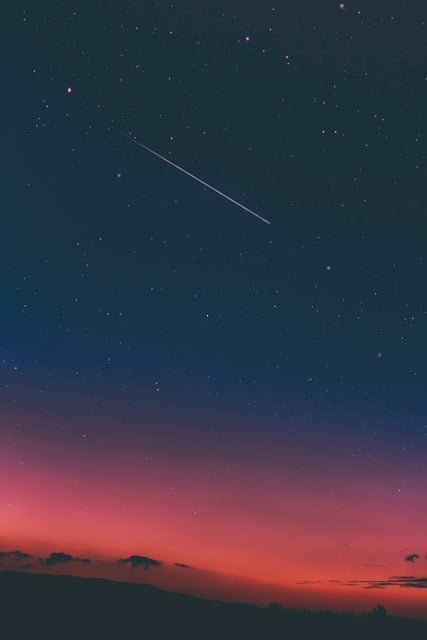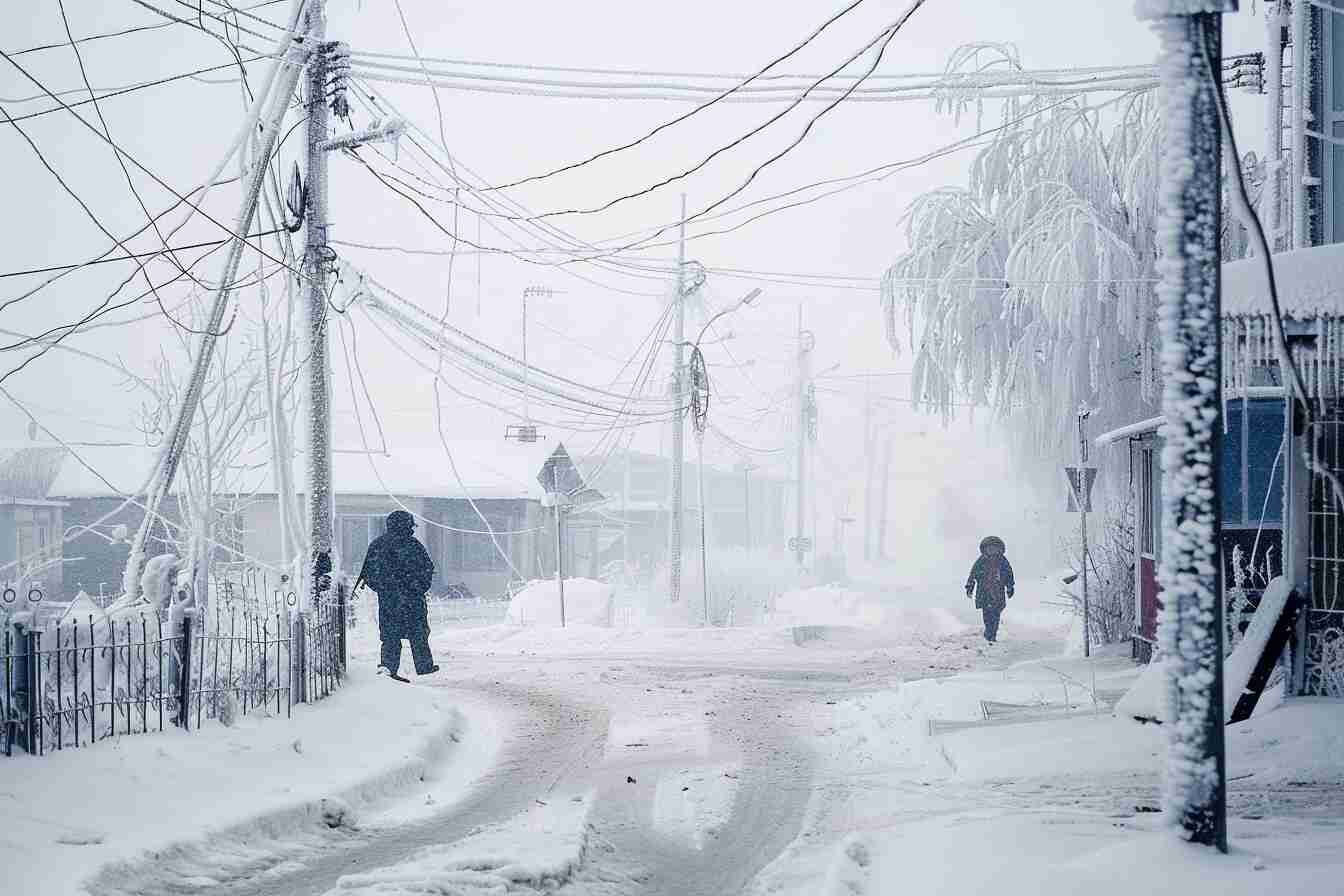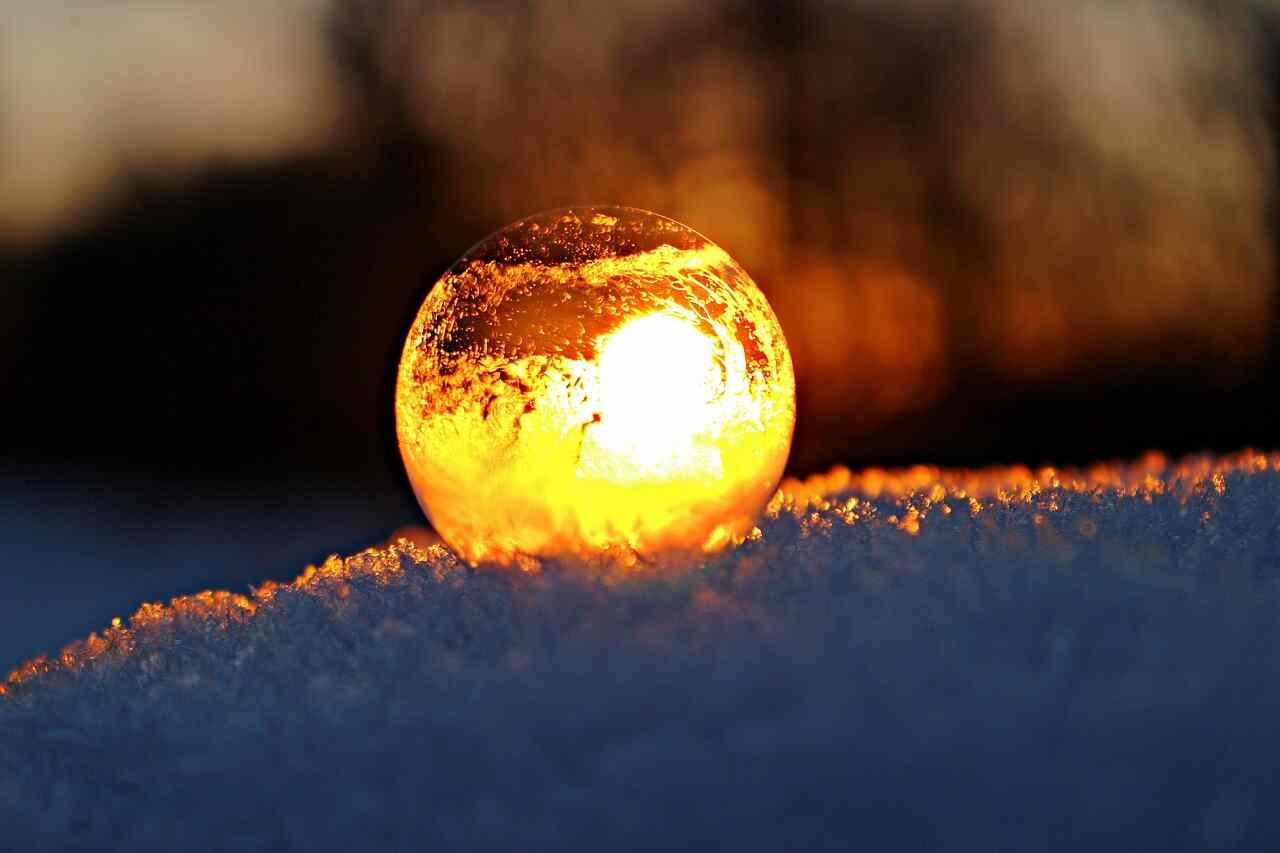The Magical Phenomenon of Shooting Stars: A Celestial Ballet in the Night Sky
Shooting stars, also known as meteors, captivate our imagination with their brief but dazzling appearances in the night sky. These celestial phenomena occur when small particles, often remnants of comets or asteroids, enter Earth’s atmosphere and burn up due to friction with the air. The result is a streak of light that streaks across the darkness, leaving observers in awe.
Understanding Shooting Stars
Shooting stars are not stars at all, but rather space debris burning up as it collides with Earth’s atmosphere. The particles, often no larger than a grain of sand, travel at incredible speeds, creating intense heat upon entry. This heat causes the characteristic bright glow that we see from the ground.
The phenomenon of a shooting star, or meteor, occurs when small particles, often remnants of comets or asteroids, enter Earth’s atmosphere and burn up due to friction with the air. The result is a streak of light across the sky, commonly known as a shooting star.
However, shooting stars do not actually fall or land on Earth. The particles burn up completely in the atmosphere, high above the surface. They disintegrate due to the intense heat generated during the entry, and what we observe from the ground is the visible light produced by this process.
The exact location in the sky where a shooting star appears can vary, as it depends on factors such as the observer’s position on Earth and the trajectory of the meteor. Shooting stars can be seen across the entire sky, and their paths may intersect constellations or specific celestial landmarks, adding to the fascination of the spectacle.
Meteor Showers
Sometimes, Earth passes through debris trails left behind by comets, leading to an increased number of meteors in the night sky. These events are known as meteor showers and provide sky gazers with spectacular displays. The Perseids, Geminids, and Leonids are among the well-known meteor showers that grace our night sky at specific times of the year.

A meteoroid shown entering the atmosphere, causing a visible meteor and hitting the Earth’s surface as a meteorite. Anynobody, CC BY-SA 3.0, via Wikimedia Commons
Wishing upon a Falling Star
Throughout history, shooting stars have been the stuff of folklore and wishful thinking. Many cultures believe that making a wish upon a falling star will bring good luck or fulfill desires. This tradition adds a touch of magic to the experience of witnessing a shooting star, turning it into a moment of hope and inspiration.

A 1.5 mm-long meteoroid impact track captured in aerogel by the European Retrievable Carrier (EURECA) spacecraft. Launched by STS-46 and recovered by STS-57, the wide end of the track marks the hypervelocity entry point into the 0.05 g/cc aerogel. The track narrows to a point as the particle slows down in the aerogel, with the 10-micron projectile visible at the tip. NASA/ESA, Public domain, via Wikimedia Commons
Capturing the Moment
Photographers and stargazers often anticipate meteor showers to capture the beauty of shooting stars through long-exposure photography. These stunning images not only document the celestial event but also serve as a testament to the beauty of the cosmos.
Best Places and Times for Viewing
For optimal viewing, it’s recommended to head to locations away from city lights during peak meteor shower times. Clear, dark skies provide the perfect backdrop for spotting these celestial wonders. Online tools and apps can help enthusiasts track the timing and location of upcoming meteor showers.
Different kinds of meteorites: chondrites, siderites, pallasites…
Conclusion
Shooting stars remind us of the vastness and wonder of the universe. Whether you’re a seasoned astronomer or someone who simply enjoys gazing at the night sky, witnessing a shooting star is a magical experience that connects us to the cosmos. So, the next time you find yourself under a starry night, take a moment to look up, make a wish, and enjoy the celestial ballet of shooting stars painting the heavens above.
Sources: NASA, PinterPandai, Cool Cosmos
Photo credit: Rydah via Pixabay
Unraveling the Mystery of Virga Hole: Dry storm Weather Phenomenon



